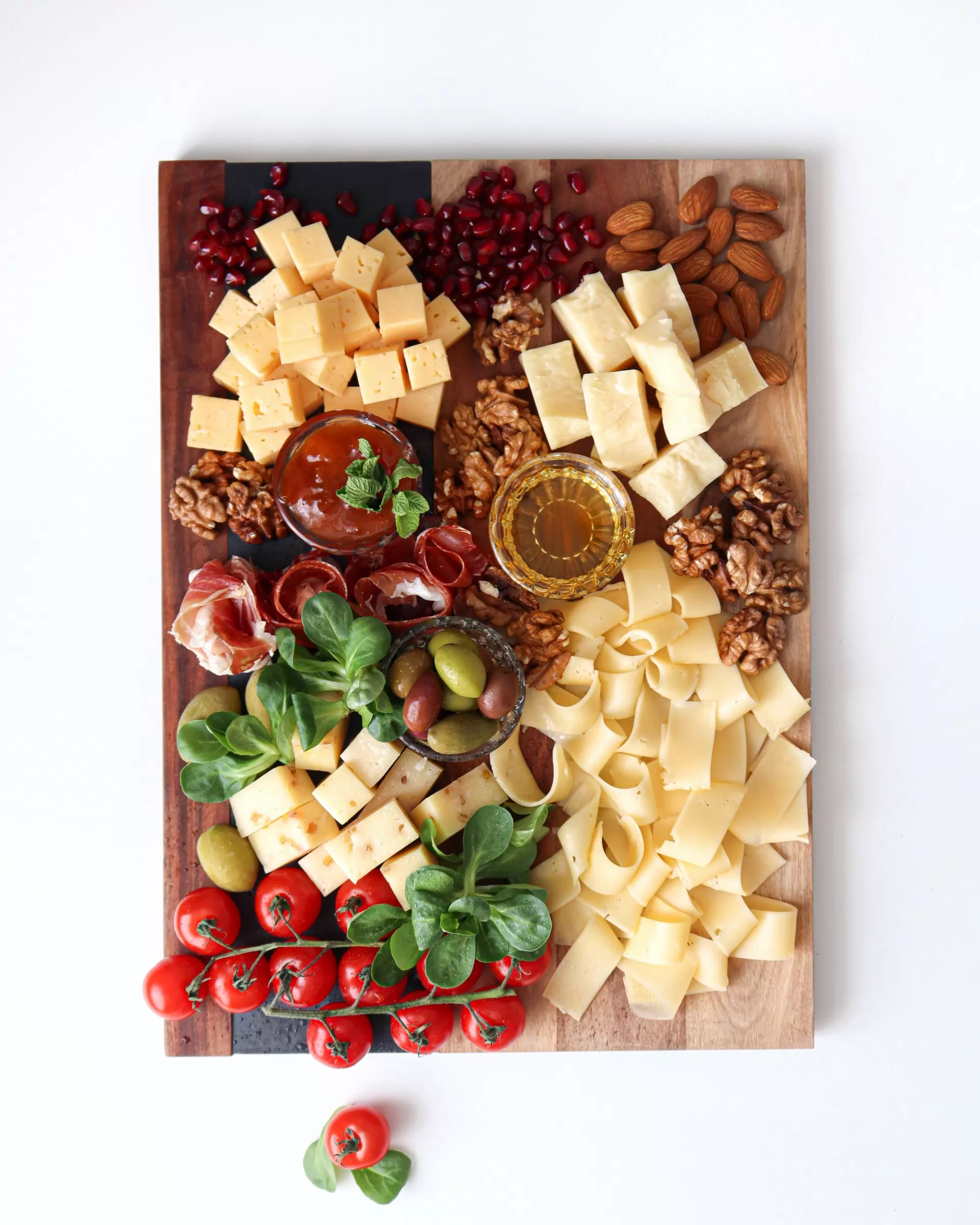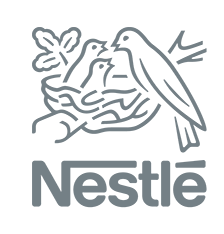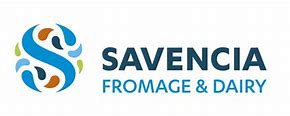Summary
to understand this market
Detailed content
 Inforamtion
Inforamtion
- Number of pages : 30 pages
- Format : Digital and PDF versions
- Last update : 09/06/2023
 Summary and extracts
Summary and extracts
1 Market overview
1.1 Definition and presentation
Cheese is a milk-based culinary preparation widely consumed throughout the world. Cheese can be added to a variety of dishes, as a starter or main course, or eaten on its own before dessert. There are countless varieties of cheese, depending on the type of milk used, the fermentation method, the type of cheese (soft or hard, etc.) and the country of origin.
Worldwide, the leading customer market for cheese consumption is the United States. They are followed by France, Germany, Russia, Brazil and Italy. However, a comparison of sales figures shows that Western Europe is the world's leading market. Growth is also on the cards in most European Union countries, where cheese consumption is up slightly.
In Spain, fresh cheese consumption stands out in particular, with over 102 million kilos consumed in the country in 2020. Semi-cooked cheese comes second with 92.13 million kilos, followed by processed cheese (43.27). Far from having suffered from the health crisis in 2020 and 2021, cheese sales in the Iberian Peninsula grew over the period thanks to the maintenance of the main cheese distribution channels: supermarkets, hard-discounts and hypermarkets.
1.2 The global cheese market
The global cheese market has been valued at US$** billion in ****, and is expected to reach around US$*** billion by ****, at an annual growth rate of *.*%. Innovations in the sector, often driven by major groups such as Lactalis, Savencia and Nestlé, are driving market growth.
World cheese market value World, ****-****, ...
1.3 The domestic market
Cheese represents **.*% of the total volume of dairy products, and **.*% of the value of this market. In ****, the cheese market was valued at *.* billion euros. Most cheese purchases are made at the end of the year, during the festive season.
Monthly cheese market in Spain Spain, ****, in millions of euros Source: ...
1.4 Foreign trade in cheese
Foreign trade in cheese is on an upward trend, despite a slight downturn in **** due to the pandemic. Information on international trade in cheese can be found under UN Comtrade code ****: Cheese and curd .
International trade in cheese and curd Spain, **** - ****, in millions of euros and in % Source: ****
The chart ...
1.5 The impact of the health crisis on the cheese market
The Covid-** crisis had a positive impact on cheese consumption in Spain. As restaurants and bars closed their doors, Spaniards turned to home cooking. As a result, more and more Spaniards consumed cheese, either as an accompaniment to meals or in their own kitchens.
The return to normal in **** saw a ...
2 Demand analysis
2.1 Trends in cheese consumption in Spain
On average, Spanish households spend *.**% of their food and beverage budget on cheese, implying an approximate per capita expenditure of **.** euros per person per year. While total cheese consumption in the country is generally in the region of *** million kg per year, as mentioned above, consumption is set to rise considerably ...
2.2 Typology of cheeses consumed by Spaniards
Fresh cheeses take center stage
Nearly a third of the cheeses consumed by Spaniards are fresh cheeses (***).
Breakdown of cheeses by consumption Spain, ****, in Source: ****
2.3 Cheese consumers
It's difficult to establish a typical cheese consumer profile in Spain. Nevertheless, it would appear that households with children (***), where the person responsible for purchases is aged between ** and **, are the biggest consumers.
Cheese purchases and consumption increase almost linearly with age, with people under ** consuming an average of *.* kg of ...
2.4 The popularity of certain cheeses is growing
The reign of Manchego
La Mancha is home to the largest number of cheese factories in the world. More than *** farms in the region breed and raise Manchego ewes, while ** companies produce Manchego cheese from this milk. Production is rising to meet demand, and **** saw a record **.* million kg produced.
While ...
3 Market structure
3.1 Cheese value chain
The cheese-making process can be summarized as follows:
Once matured, the cheese is packaged, transported and distributed to the consumer. Some cheese is sold to the catering trade, some to supermarkets and traditional distribution channels, and a small proportion is supplied directly to consumers by producers. The production stages vary between ...
3.2 Production
Cheese production depends on milk production, part of which forms the basis for the manufacture of this foodstuff. Milk production is divided into * main sectors: cattle, sheep and goats.
In Spain, cow's milk production is concentrated in the south of the country, with Andalusia accounting for *** thousand tonnes of cow's milk ...
3.3 Distribution channels
Supermarkets and self-service outlets are the preferred distribution channel for cheese purchases. They account for over half of all cheese sold by volume. They are followed by discount stores (***).
Breakdown of sales volumes by distribution channel Spain, ****, in Source: ****
While cheese dairies occupy a small share of cheese distribution in terms ...
4 Offer analysis
4.1 The different cheeses found in Spain
There is a huge variety of cheeses in Spain (***) in Spain. The PDOs include * cow's milk cheeses, * goat's milk cheeses, * ewe's milk cheeses and * mixed milk cheeses.
Source: ****
4.2 Average applied prices
Average prices in the cheese sector are directly linked to production prices for dairy products. The latter have been rising steadily since ****, with a peak in ****, due to the energy crisis and shortage of resources.
Monthly variations in producer prices for dairy products Spain, **** - ****, in Source: ****
In ****, the average price ...
4.3 Supply trends: organic, lactose-free and plant-based alternatives
The rise of organic cheeses in national consumption
In ****, around **,*** tonnes of raw organic milk were produced (***).
Ready-made cheese and lactose-free cheese
Genetic studies have shown that Europe is divided in two when it comes to the prevalence of lactose intolerance. Since prehistoric times, populations in the north of the continent ...
5 Regulations
5.1 Cheese appellation regulations
Protected Designation of Origin (***):
Agri-food PDOs are protected at European level by:
Parliament Regulation (***) No. ****/**** of November **, **** on quality schemes for agricultural products and foodstuffs. Commission Implementing Regulation (***) No ****/**** of the European Parliament and of the Council on quality schemes for agricultural products and foodstuffs.
Protected Geographical Indication (***):
Agri-food PGIs are ...
6 Positioning the players
6.1 Segmentation
- Nestlé Groupe
- Lactalis Groupe
- Savencia Fromage & Dairy groupe
- Mondelez
- Arla Foods
 List of charts
List of charts
- World cheese market value
- Cheese consumption by type
- Spain's monthly cheese market
- International trade in cheese and curd
- Main cheese export destinations
All our studies are available online in PDF format
Take a look at an example of our research on another market!
Latest news
Companies quoted in this study
This study contains a complete overview of the companies in the market, with the latest figures and news for each company. :
 Choosing this study means :
Choosing this study means :
Access to more than 35 hours of work
Our studies are the result of over 35 hours of research and analysis. Using our studies allows you to devote more time and added value to your projects.
Benefit from 6 years' experience and over 1,500 industry reports already produced
Our expertise enables us to produce comprehensive studies in all sectors, including niche and emerging markets.
Our know-how and methodology enable us to produce reports that offer unique value for money.
Access to several thousand articles and paid-for data
Businesscoot has access to all the paid economic press as well as exclusive databases to carry out its market research (over 30,000 articles and private sources).
To enhance our research, our analysts also use web indicators (semrush, trends, etc.) to identify market trends and company strategies. (Consult our paying sources)
Guaranteed support after your purchase
A team dedicated to after-sales service, to guarantee you a high level of satisfaction. +44 238 097 0676
A digital format designed for our users
Not only do you have access to a PDF, but also to a digital version designed for our customers. This version gives you access to sources, data in Excel format and graphics. The content of the study can therefore be easily retrieved and adapted for your specific needs.
 Our offers :
Our offers :
the cheese market and cheese dairies | Spain
- What are the figures on the size and growth of the market?
- What is driving the growth of the market and its evolution?
- What is the positioning of companies in the value chain?
- Data from several dozen databases
5 reports pack (-15%) ES Spain
- 5 reports at €75.6 excluding VAT per study to choose from our Spanish catalogue for 12 months
- Save 15% on additional studies purchased
- Choose to be refunded any unused credit at the end of the 12-month period (duration of the pack)
See the terms and conditions of the pack and the refund of unused credit.






 Nestlé sells its Natur baby food products to FNB - 06/02/2024
Nestlé sells its Natur baby food products to FNB - 06/02/2024
 Suppliers refuse to accept Lactalis' proposed milk price increase - 05/02/2024
Suppliers refuse to accept Lactalis' proposed milk price increase - 05/02/2024















